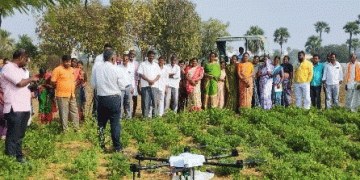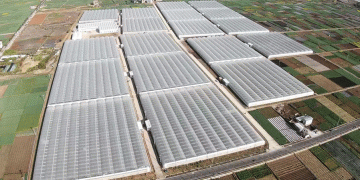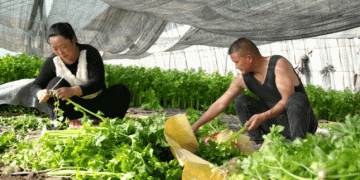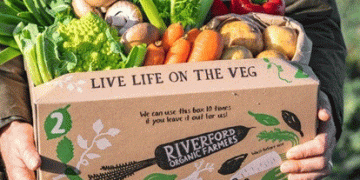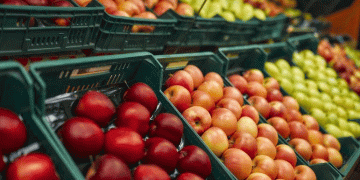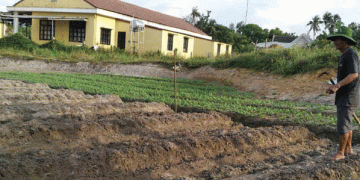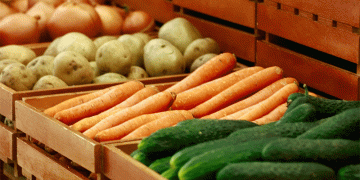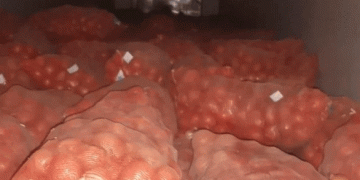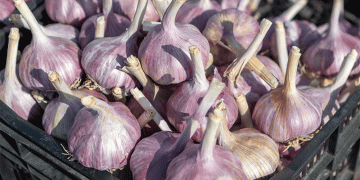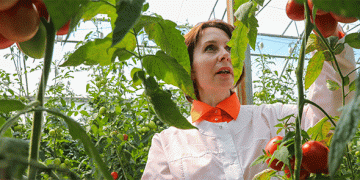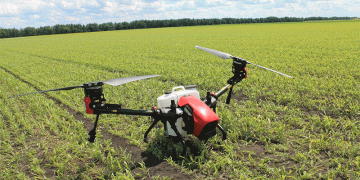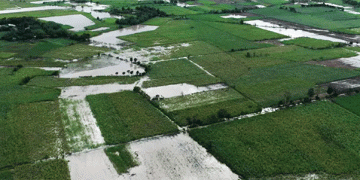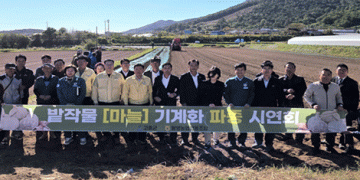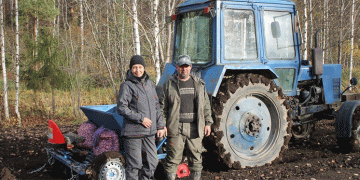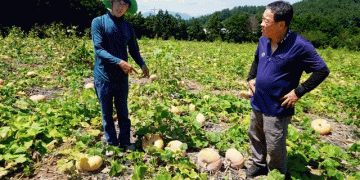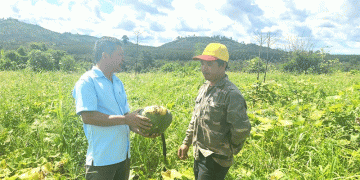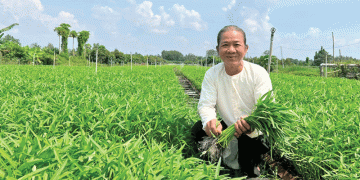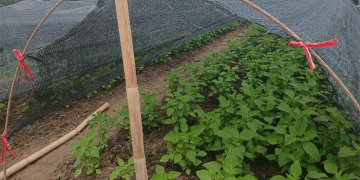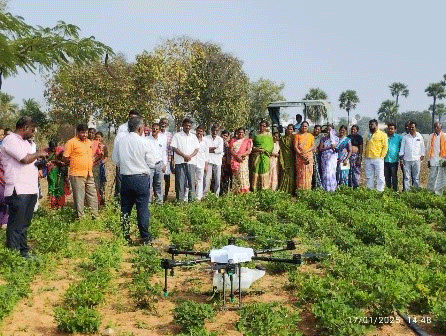Agricultural innovation took center stage at the Raithu Sadasu event, held in Manchal Village, Rangareddy District, where farmers gathered to explore the potential of drones and nano fertilizers. The event, organized by ICAR-Krishi Vigyan Kendra (KVK) of ICAR-Central Research Institute for Dryland Agriculture in collaboration with IFFCO, drew 220 participants, including women farmers, eager to adopt modern technologies.
Nano Fertilizers: A Game-Changer
Dr. Chandrakant MH, Senior Scientist and Head of KVK, inaugurated the event with a compelling presentation on the advantages of nano urea. Unlike traditional fertilizers, nano urea is:
- Highly cost-effective: A small quantity can replace large volumes of traditional fertilizers.
- Environmentally sustainable: It minimizes nutrient runoff and reduces greenhouse gas emissions.
- Proven in trials: Dr. Tarunendu Singh, Chief Agriculture Officer at IFFCO, shared findings from national field experiments. Crops treated with nano urea demonstrated enhanced nutrient use efficiency and yield improvements of 8-10%, particularly in staple crops like wheat, rice, and maize.
Agricultural Drones: The Future of Precision Farming
Smt. Sujatha, Assistant Director of Agriculture, urged farmers to pilot drone technology on at least one acre of their land. These drones offer multiple advantages:
- Precision application: Drones can apply nano fertilizers uniformly, reducing wastage and ensuring optimal crop health.
- Time efficiency: They significantly cut down labor and time required for fertilizer application and pest control.
- Scalability: Drones can be deployed across a variety of terrains, including smallholdings and large-scale farms.
Farmer Participation and Insights
The event’s interactive format allowed farmers to share their challenges and experiences with traditional farming practices. Demonstrations of drone technology and its integration with nano fertilizers showcased practical solutions for improving productivity and profitability.
Global and Local Context
Globally, the market for agricultural drones is expected to grow at a compound annual growth rate (CAGR) of 19.5% from 2023 to 2030. In India, government initiatives under the Sub-Mission on Agricultural Mechanization (SMAM) are driving subsidies and training programs for drone use in agriculture, making this technology increasingly accessible to small and marginal farmers.
The Raithu Sadasu event underscored the transformative potential of nano fertilizers and drones in modern agriculture. By adopting these innovations, farmers can boost yields, lower costs, and reduce environmental impact. As more success stories emerge, these technologies promise to redefine sustainable farming in India and beyond.
